GPCR/G protein
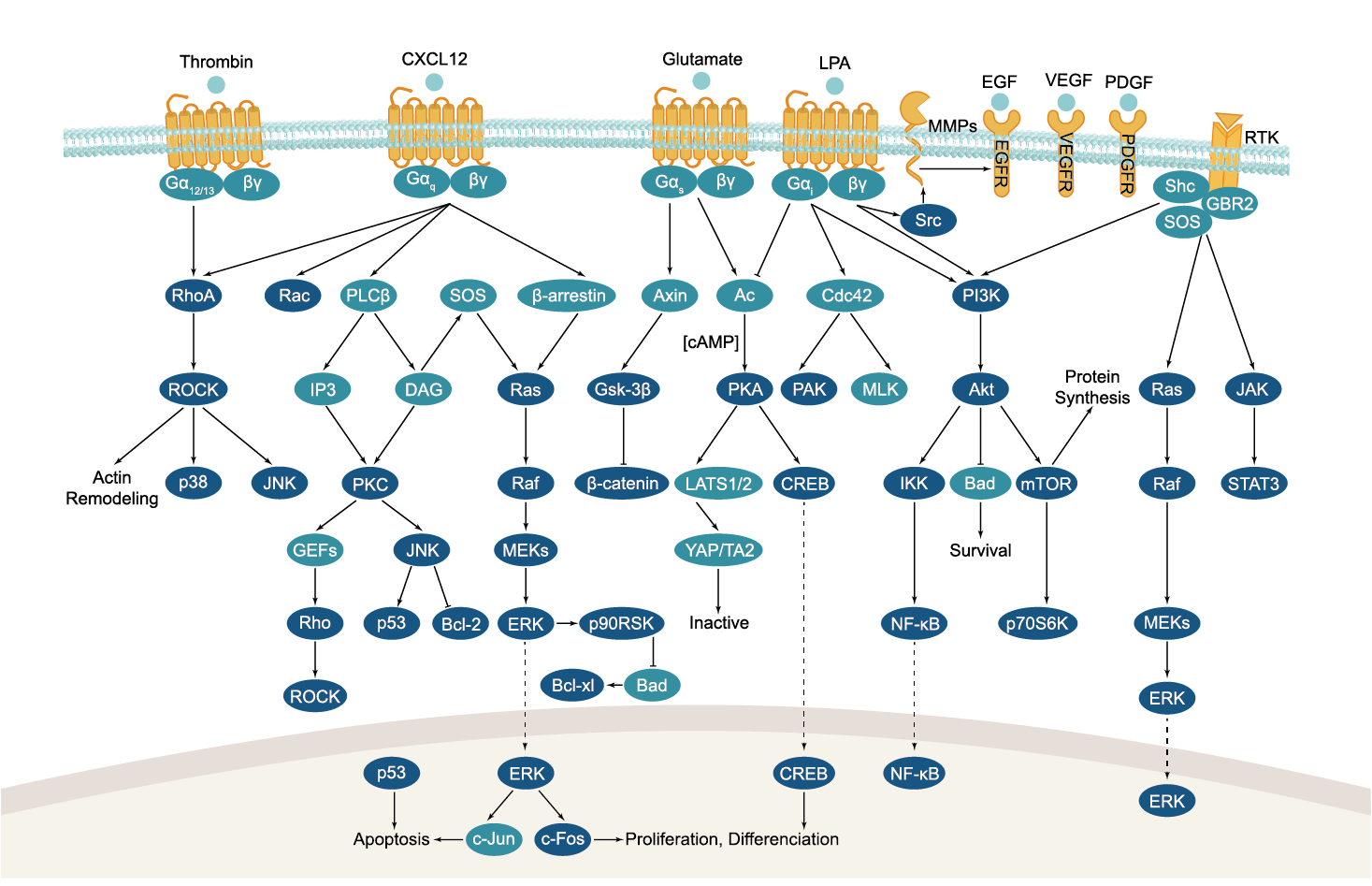
All GPCRs share a common seven trans-membrane structure. GPCRs are associated with heterotrimeric G-proteins which are GTP-binding proteins made of alpha, beta, and gamma subunits. When a ligand binds to GPCR, it activates the attached G-protein, the GDP is replaced with GTP. The activated G-protein then dissociates into an alpha and a beta-gamma complex which activates downstream signaling pathways. These intracellular signaling pathways include cAMP/PKA, calcium/NFAT, phospholipase C, protein tyrosine kinases, MAP kinases, PI-3-kinase, nitric oxide/cGMP, Rho, and JAK/STAT.
GPCRs are one of the most important therapeutic targets for various diseases, over 30% of all modern medicinal drugs target this family. Aberrant GPCR functions are involved in pathological conditions such as neurological, immunological and hormonal disorders. A large number of GPCRs have been identified, but whose ligands are not known, are classified as orphan receptors.
-
 B5121 Proglumide sodium saltSummary: Non-selective cholecystokinin (CCK) antagonist
B5121 Proglumide sodium saltSummary: Non-selective cholecystokinin (CCK) antagonist -
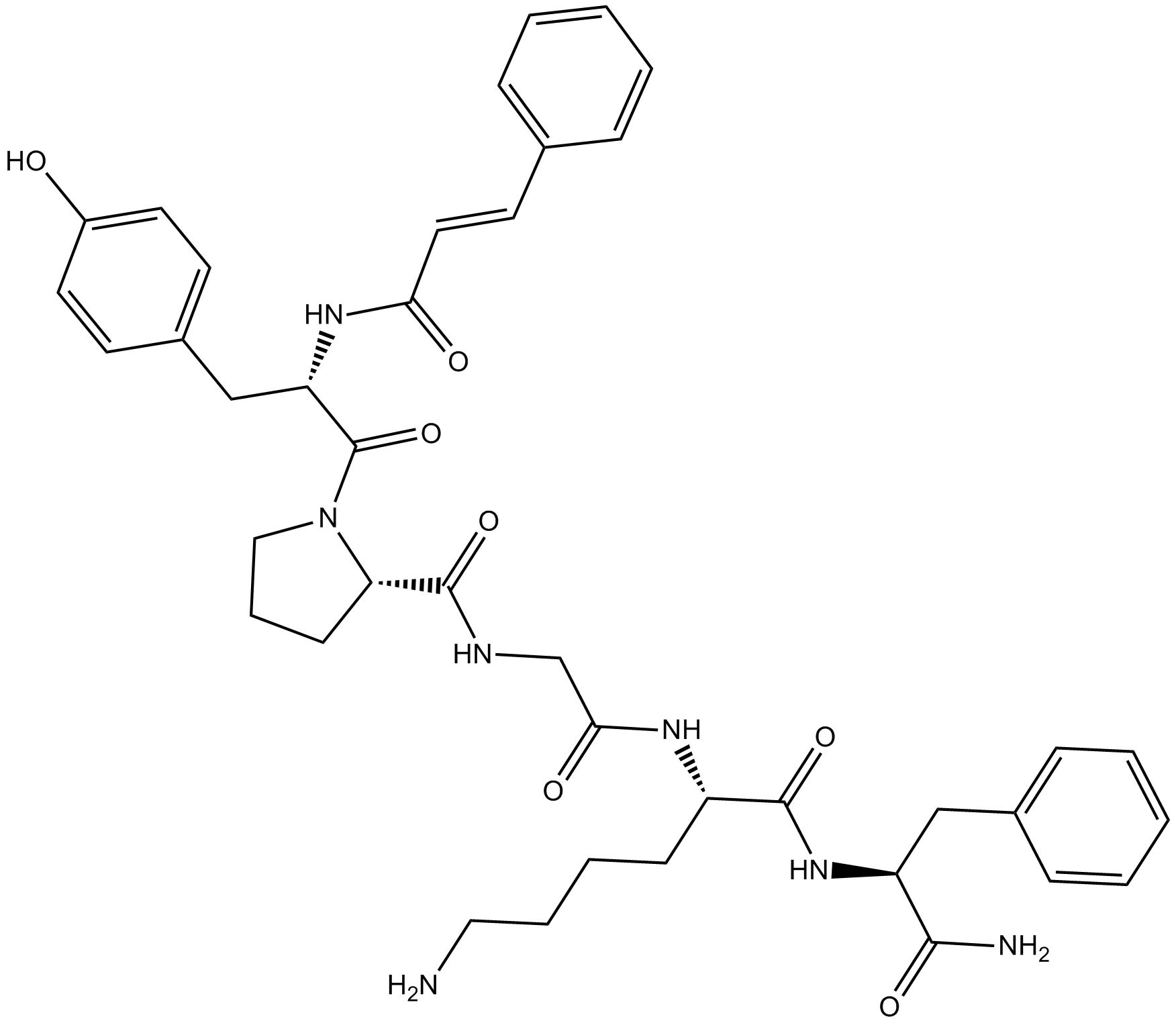 B5123 tcY-NH2Summary: Selective PAR4 antagonist peptide
B5123 tcY-NH2Summary: Selective PAR4 antagonist peptide -
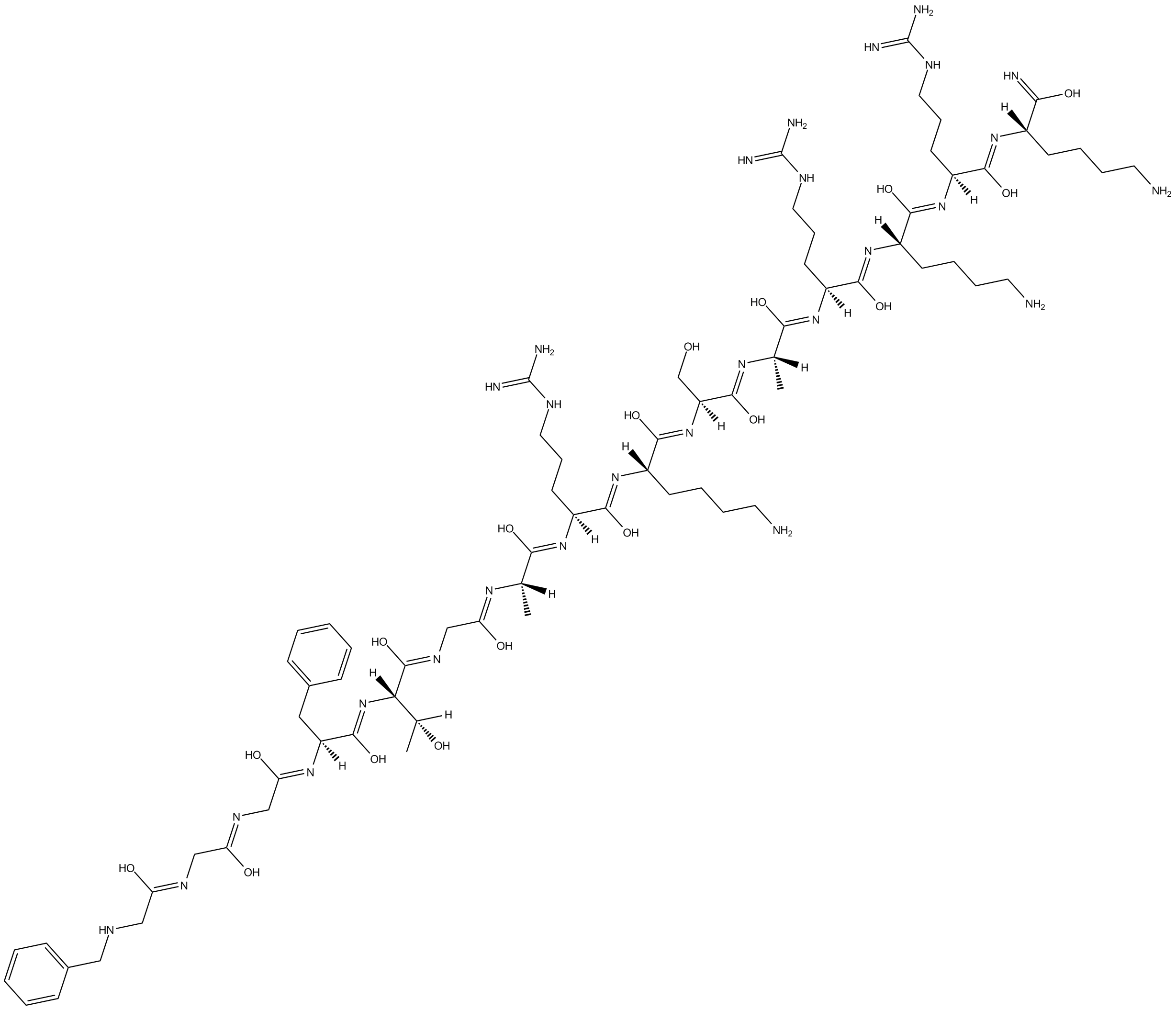 B5128 UFP-101Summary: selective and competitive silent antagonist for the NOP opioid receptor
B5128 UFP-101Summary: selective and competitive silent antagonist for the NOP opioid receptor -
![[(pF)Phe4]Nociceptin(1-13)NH2](/pub/media/prod_images/b/5/b5131.png) B5131 [(pF)Phe4]Nociceptin(1-13)NH2Summary: nociceptin/orphanin FQ receptor (OP4) agonist peptide
B5131 [(pF)Phe4]Nociceptin(1-13)NH2Summary: nociceptin/orphanin FQ receptor (OP4) agonist peptide -
![[Arg14,Lys15]Nociceptin](/pub/media/prod_images/b/5/b5136.png) B5136 [Arg14,Lys15]NociceptinSummary: Highly potent and selective NOP receptor agonist
B5136 [Arg14,Lys15]NociceptinSummary: Highly potent and selective NOP receptor agonist -
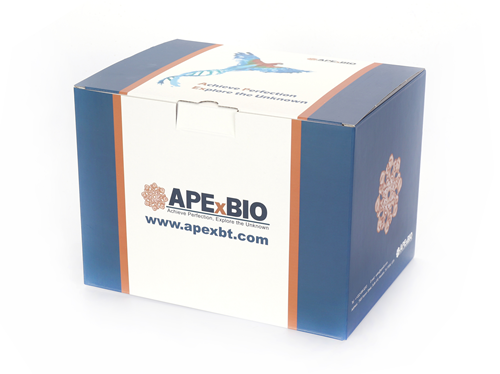 B5145 Urocortin (human)Summary: Endogenous CRF agonist
B5145 Urocortin (human)Summary: Endogenous CRF agonist -
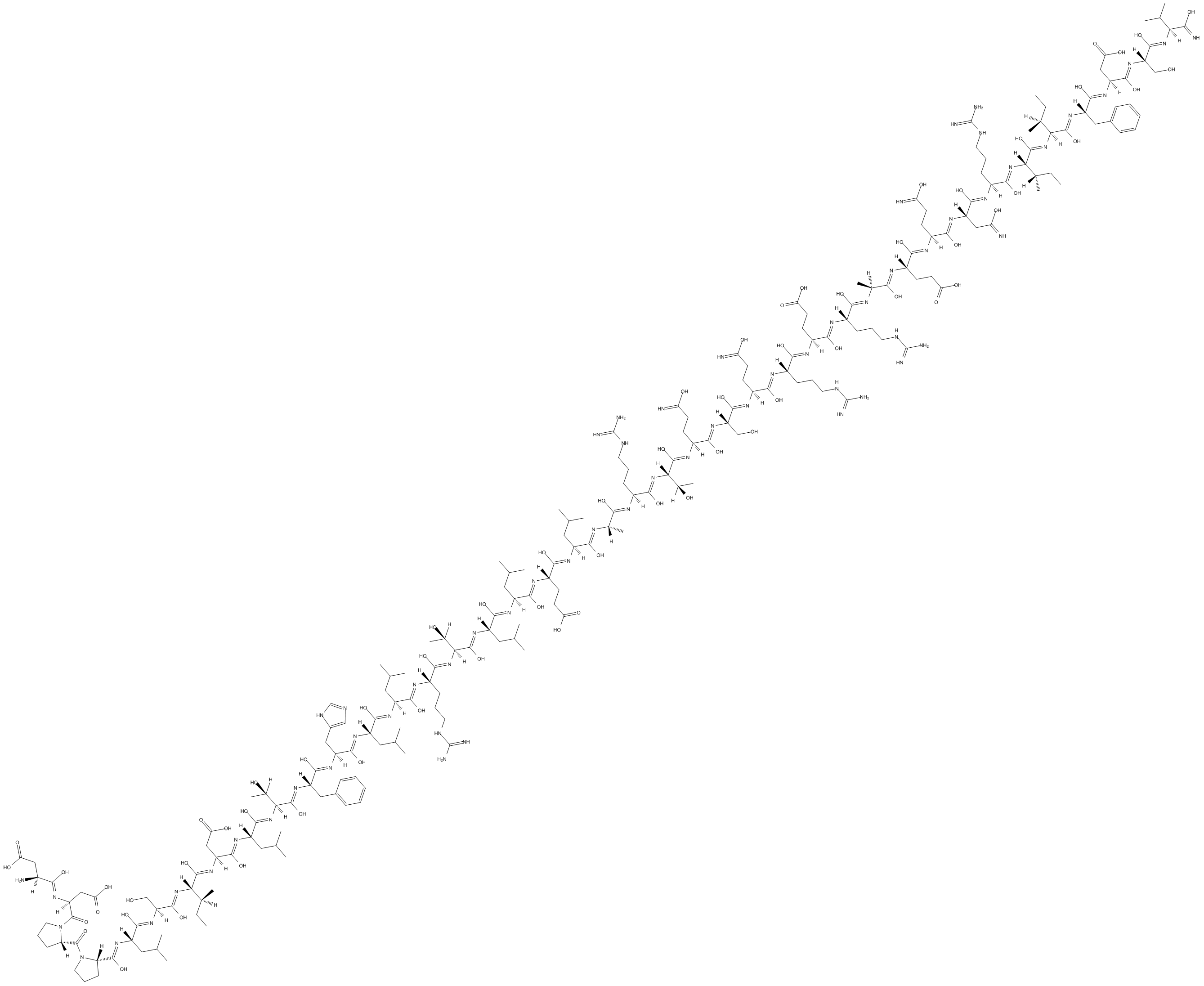 B5146 Urocortin (rat)Summary: Endogenous CRF agonist
B5146 Urocortin (rat)Summary: Endogenous CRF agonist -
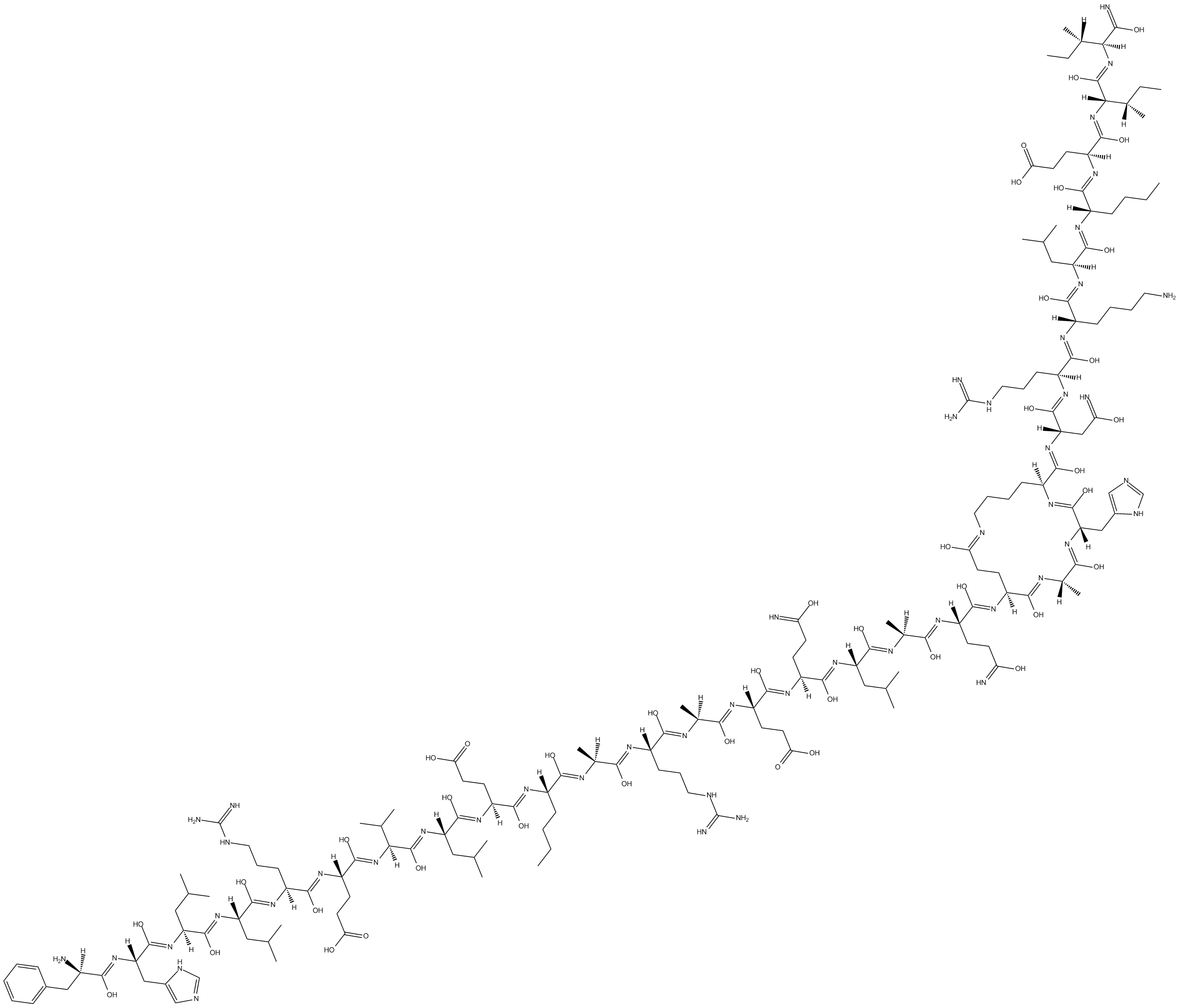 B5147 AstressinSummary: corticotropin-releasing factor (CRF) receptor antagonist
B5147 AstressinSummary: corticotropin-releasing factor (CRF) receptor antagonist -
 B5148 CRF (6-33)Summary: Corticotropin-releasing factor binding protein (CRFBP) inhibitor peptide
B5148 CRF (6-33)Summary: Corticotropin-releasing factor binding protein (CRFBP) inhibitor peptide -
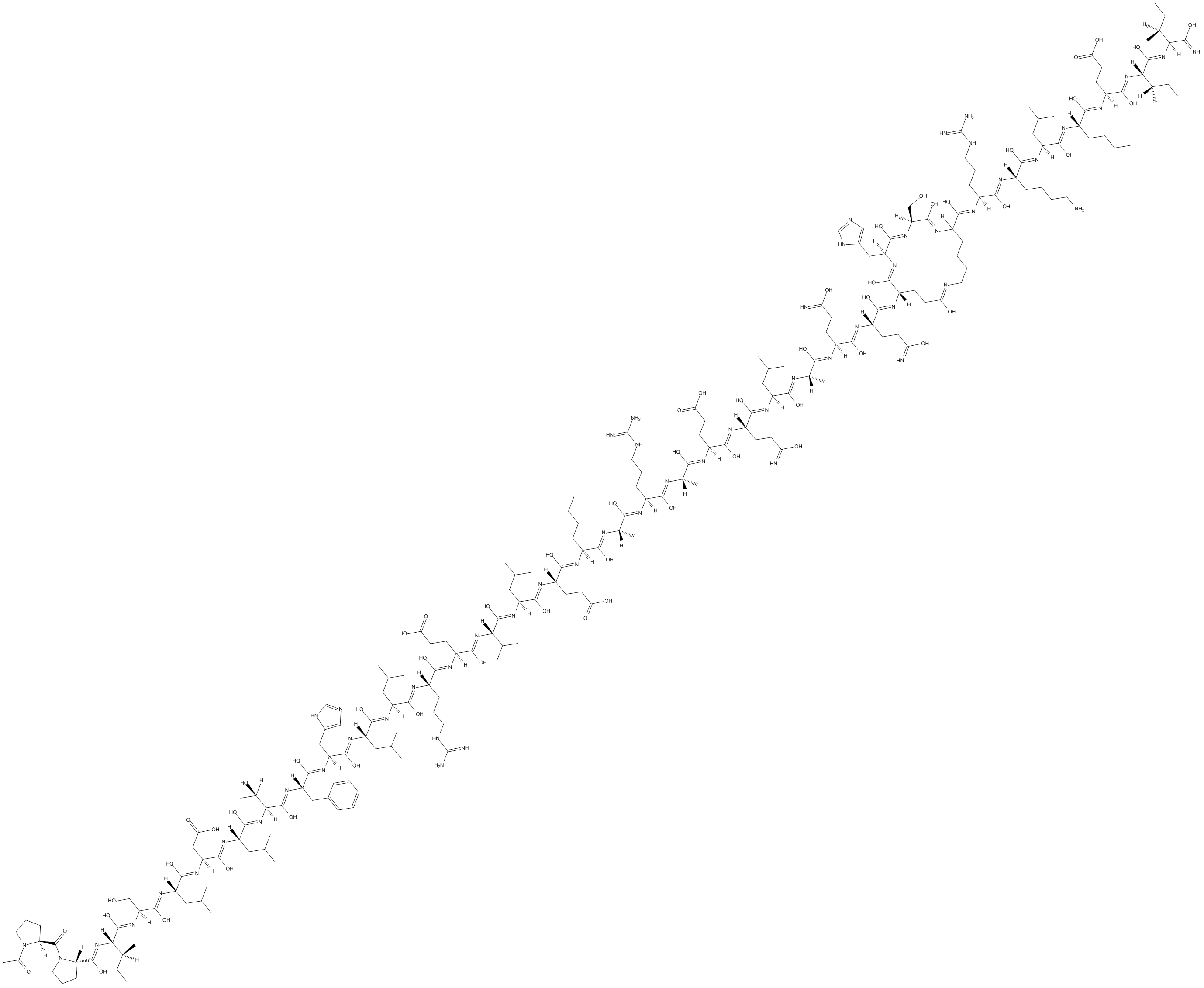 B5149 Stressin ISummary: corticotropin releasing factor receptor-1 (CRF1) agonist
B5149 Stressin ISummary: corticotropin releasing factor receptor-1 (CRF1) agonist

